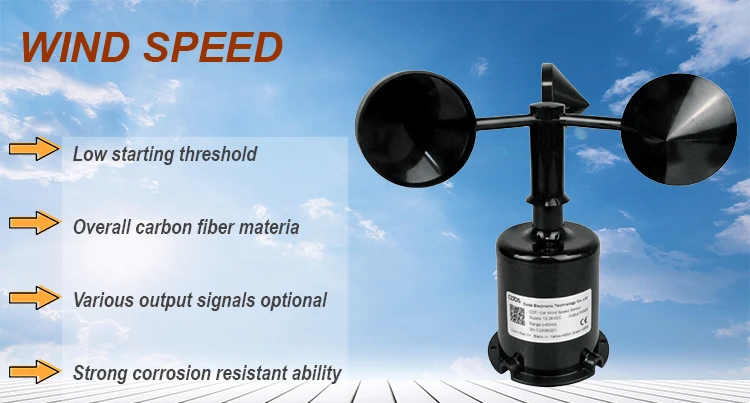
# Anemometer: Instrument for Measuring Wind Speed
## Introduction to Anemometers
An anemometer is a meteorological instrument specifically designed to measure wind speed. These devices play a crucial role in weather forecasting, aviation, marine operations, and various industrial applications where wind conditions are critical.
## Types of Anemometers
### 1. Cup Anemometers
The most common type features three or four hemispherical cups mounted on horizontal arms. As wind blows, the cups rotate, and the rotation speed corresponds to wind velocity.
### 2. Vane Anemometers
These combine a propeller with a tail vane that keeps the device oriented into the wind. The propeller’s rotation speed indicates wind speed.
### 3. Hot-Wire Anemometers
Using electrically heated wires, these measure how quickly wind cools the wire to determine velocity. They’re particularly useful for low-speed measurements.
### 4. Ultrasonic Anemometers
These advanced instruments use ultrasonic sound waves to detect wind speed and direction without moving parts, making them highly accurate and durable.
## How Anemometers Work
The working principle varies by type, but all anemometers convert wind motion into measurable data. Mechanical types (cup and vane) measure rotation speed, while electronic types (hot-wire and ultrasonic) detect changes in electrical resistance or sound wave transmission times.
## Applications of Anemometers
Weather Stations
Essential for meteorological observations and weather forecasting systems.
Aviation
Used at airports to monitor wind conditions critical for takeoffs and landings.
Wind Energy
Wind farms use anemometers to assess potential energy production and optimize turbine performance.
Building Design
Architects and engineers use wind data to design structures that can withstand local wind conditions.
## Choosing the Right Anemometer
When selecting an anemometer, consider:
- Measurement range needed
- Environmental conditions
- Required accuracy
- Data recording capabilities
- Portability requirements
## Maintenance and Calibration
Regular maintenance ensures accurate measurements. Cup and vane anemometers should be checked for bearing wear, while electronic types may need periodic calibration against known standards.
## Future of Wind Measurement
Emerging technologies like LIDAR (Light Detection and Ranging) are complementing traditional anemometers, offering remote sensing capabilities and vertical wind profiling.
Keyword: instrument measure wind speed
Recent Comments